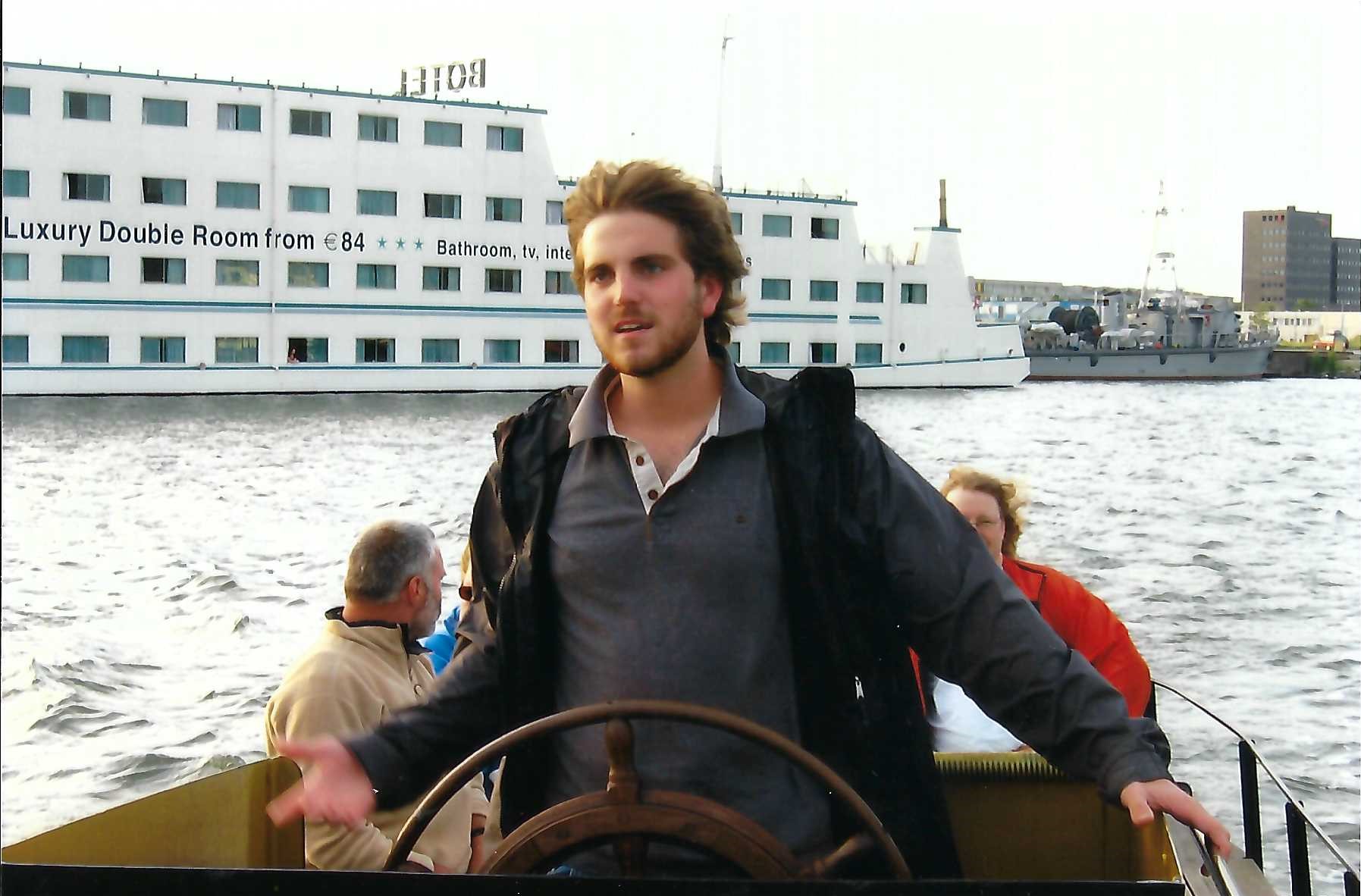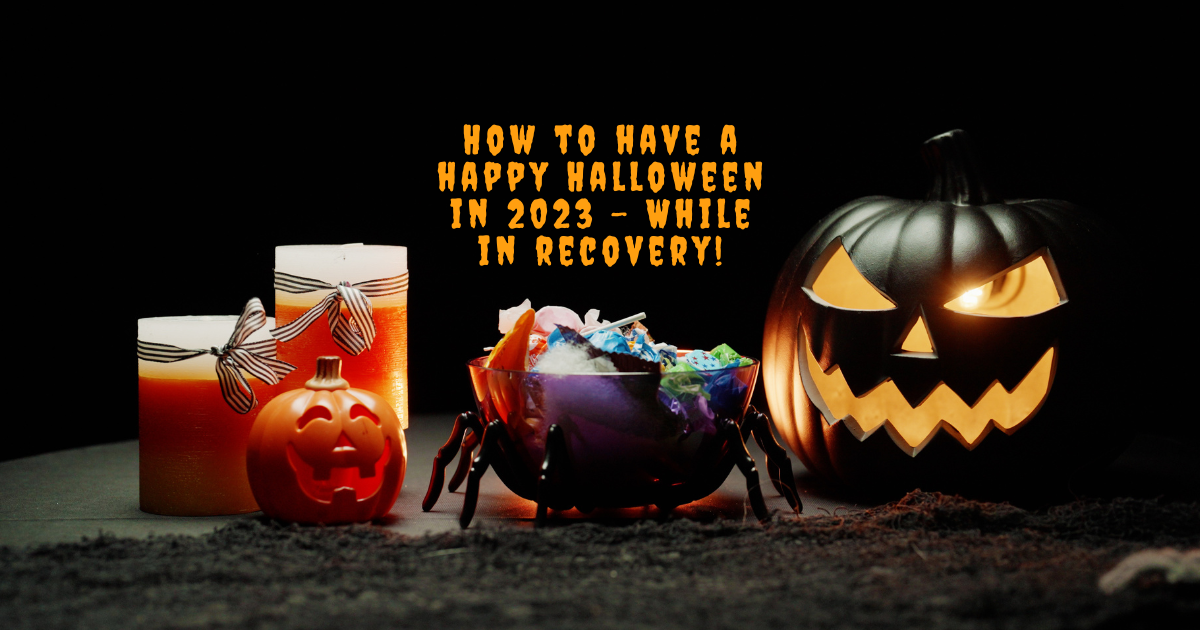Fentanyl Contamination creates tragic outcomes for families
Like many who’ve fallen prey to opioid addiction, Jan David van Eys was convinced he’d perfected the formula to balance substance use with safety. Patti van Eys recalled that her son, who went by David, called himself a “mixologist,” in reference to his substance use. He insisted it wasn’t excessive to him. Many people experiencing opioid use disorder are convinced that if they have the right trusted source for their supply, that they’ll never overdose from fentanyl-laced opioids. They believe that somehow, their supply is safe from tainting like so much of the black market is now.
That’s what David believed when he unknowingly ingested opioids that were tainted with a fatal dose of fentanyl, which is up to 100 times as powerful as morphine and lethal at small doses. He died in 2021 at the age of 32. He thought that the person who supplied the tainted drugs was trustworthy and knew what he was selling. No matter what David thought at the time, this tragic outcome had taken his life. David’s family is now on a journey of sharing his tragic story and shedding light on opioid abuse in order to bring awareness to the heightened dangers that those suffering from substance use disorders now face every day. Too many of those who use the very same kinds of opioids that David used off-and-on are unaware of the tragic consequences that could befall them.
A Normal Childhood
By all accounts, David had a great childhood that he shared with his younger brother. Diagnosed with ADHD in the first grade, he was eventually prescribed Concerta to help with impulse control and focus issues. This seemed to work for him. He took it consistently throughout elementary, middle, and high school.
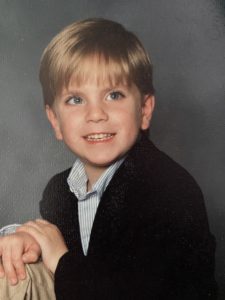
David as a child
David was very successful in his adolescent education, becoming a star athlete with a love for soccer, and left home for college. He graduated from the University of Tennessee in Knoxville with a business logistics degree. He got engaged and seemed poised to begin what most would consider a “normal” life, but soon found himself in the grips of addiction.
The Beginning Stages
David and his fiancée were engaged in 2011, with a wedding date for October of 2012. Unexpectedly, she broke up with him months before the wedding. His budding substance use disorder then began to develop. David moved into a house with friends that his parents humorously referred to as the “Frat House” in Nashville. While there, he started excessively drinking. In 2014, he decided to go to a doctor about back pain, where he got an OxyContin script. The opioid use had begun.
An Uphill Battle
He started a years-long journey of trying to find the right addiction treatment. He would check in to one for several weeks, then go to another treatment center for a couple months, off-and-on. His parents helped him do some research and found a treatment center they thought would cover all the key things he needed as well as provide the right kind of therapeutic treatment to beat back his substance use disorder.

David, the star soccer player
For a long time, they thought he might have a dual diagnosis lurking beneath what was clinically defined as a standard substance use disorder. His dad’s family had a history of ADHD and addiction, and knowing what we do now about how both are primarily genetic and therefore inheritable. He presented himself well in public and in groups within treatment centers. He could even be found leading therapy groups in the rehabs he attended. His parents figured that something about opiates flipped a switch in his brain.
David was sold on the place his parents found, the Healing Springs Ranch in Texas, and he packed his bags once more. His parents joined a familial support group called the B.A.L.M. (an acronym that stands for “Be A Loving Mirror”), offered as part of the family portion to their son’s treatment at the ranch in Texas. For his parents, they say that Al-Anon and Nar-Anon weren’t as effective for them as they had hoped during their son’s efforts to defeat his demons, but that B.A.L.M. was a big therapeutic success in every way. During their time with B.A.L.M., they learned that providing core familial support was a big part of encouraging him to continue his journey and that this was key to others who’ve successfully achieved long term recovery. They also couldn’t do anything that might potentially give him the leeway to continue his substance use aside from directly supporting the treatment.
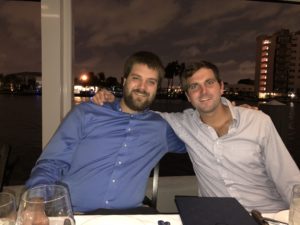
David and his brother, Dane
“The B.A.L.M. really got us into a much more peaceful place about what we have control over and what we need to accept,” Patti said. “And I did a lot of grieving through that year before David died. I basically kind of let go of my control. It’s like, Patti, this is your life to live. This is David’s life to live. It’s just his choices at this point, they’re his choices. But it’s been a really, really hard journey for us both before and after dealing with the disease.”
His last full treatment stint was at Healing Springs Ranch for a good chunk of his last year, which he finished and left for a Ft. Lauderdale, Florida sober living house. The last time his parents saw him was the week before he died, when his dad visited him during a final stay at a detox program. David died April 23, 2021 in Florida.
What the Loss Is Like
What is the experience like for those who lose a child to a fatal substance use disorder? According to van Eys’s parents, death is not necessarily a shock.
“The anticipation was more difficult than the actual grief following his death,” said David’s dad Peter.
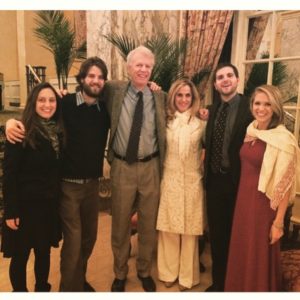
The van Eys family
Patti said that it was like watching someone die of cancer. “You’re watching the progression through those stages where they need hospice. And they’re losing weight and they can’t eat. And all those stages, like if you’re watching somebody dying–we were watching our son die. It was a slow and painful and devious kind of disease and death. But we were watching that.”
For the families of those no longer with us, their slow decline into substance use is its own kind of death in slow motion. The families are already no stranger to grief when they receive the news that their child, brother, or parent has passed away. No matter how psychically prepared you are for the news, nothing prepares you for the feeling of someone great being gone.
The Scourge of Fentanyl
In the United States, we’ve reached the point in our history where our communities are starting to drown in the waxing tide of opioids, slowly sedating one generation after another as the future becomes the present. Over 107,000 of those who exist among us will become the victim of a fatal overdose in a year’s time—an entire city’s population, completely gone in a year.
The vast majority of these overdoses are victims of fentanyl lacing, where manufacturers and dealers conspire to lace their illegal goods with fentanyl, which is a cheaper and smaller substitute for the drugs they’re selling. This helps with their bottom line on the street, but many of those who take these drugs laced with fentanyl simply don’t know they’re taking it. This has led to thousands more deaths from fatal opioid overdoses over the last several years.
Learn More
We tell these stories to humanize someone who might otherwise be a name on a page and nothing more to our communities. Those we’ve lost their battle with addiction are people, just like us, and deserve to have their story told. To learn more about Landmark Recovery’s efforts to end substance use disorders in our communities, visit our website or give us a call at 888-448-0302. We provide the necessary support to help end accidental overdoses from fentanyl-laced drugs through the provision of effective, affordable, evidence-based substance use disorder treatment. Our mission is to save a million lives in the next century and help those affected by addiction unlock their potential and live a better life in long term recovery.

Choose Recovery Over Addiction
We're here 24/7 to help you get the care you need to live life on your terms, without drugs or alcohol. Talk to our recovery specialists today and learn about our integrated treatment programs.

